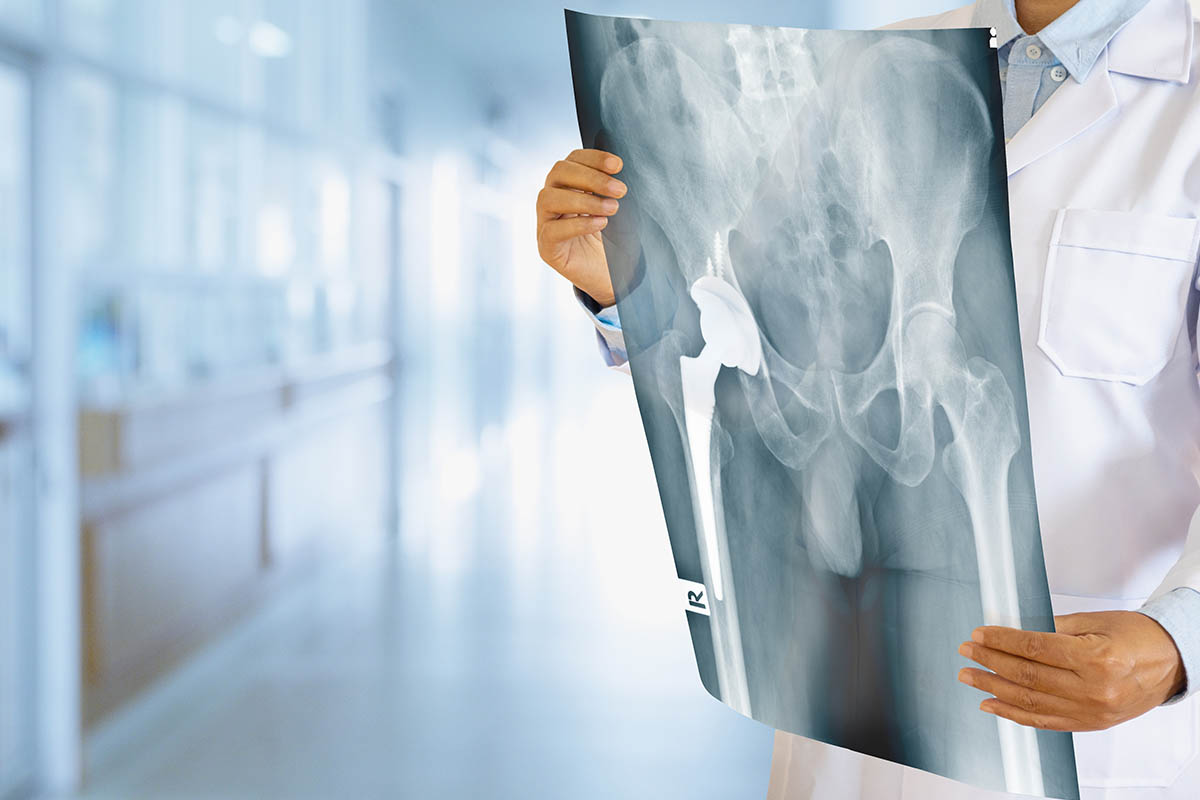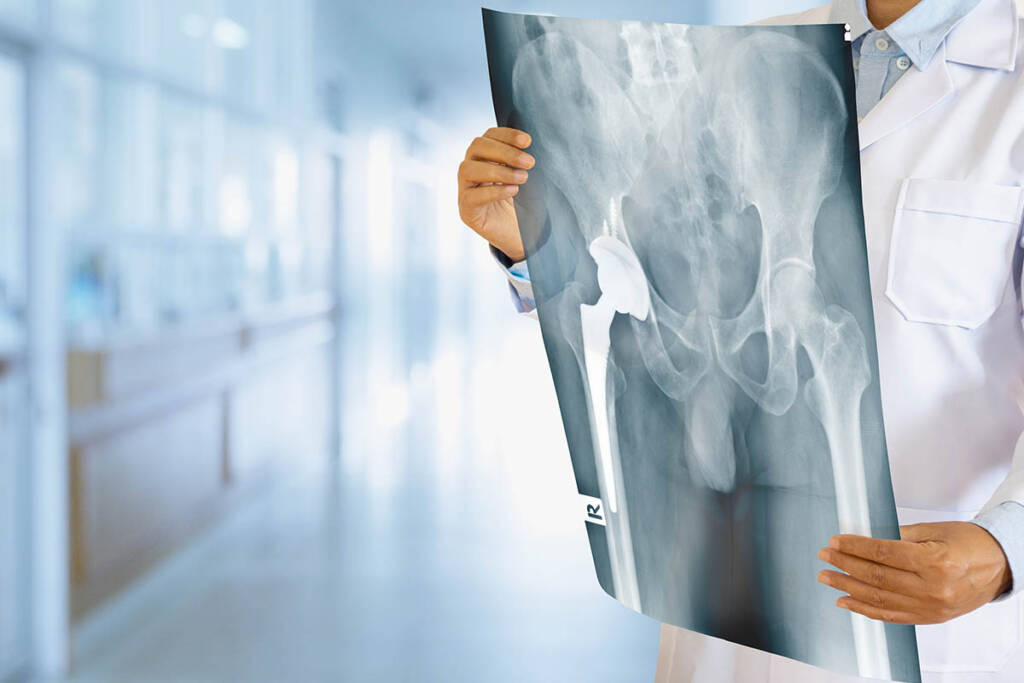Health
Fracture of the femur: what are the symptoms and how to treat it

Fracture of the femur is a fairly common problem that needs immediate treatment. Here’s what you need to know about the causes and possible remedies.
When we talk about a rupture of the femur, we mean a problem related to the longest bone in the body and which is located in the thigh. Although it is very resistant, there are in fact conditions that can lead to its breaking. Being an indispensable part to be able to move the lower limbs, its possible breakage leads to the need for immediate care and without which the situation could worsen.
Ruptured femur: the most common causes
Among the most common causes are usually injuries due to sports or traffic accidents.

Fractures of the femur in the elderly, on the other hand, can depend on the loss of calcium in the bones and, therefore, on the weakness of the femur. Depending on the type of breakdown, you can find yourself facing different types of problems.
Compound fracture of the femur, for example, occurs in the absence of broken fragments.
In the case of a displaced fracture of the femur, on the other hand, we speak of fragments that are injured and are therefore no longer aligned.
Going to the symptoms, however, the main ones are a sharp pain, almost always followed by a snap.
Difficulty standing or moving, swelling of the part and bruising.
When you experience sudden pain, especially if associated with similar symptoms, it is therefore important to seek medical attention immediately. Or depending on the situation even in the emergency room.
How is a hip fracture treated?
The fracture of the femoral neck, as well as the others, requires immediate treatment and without which one can experience stiffness, infections and even deformities. To cure the problem it is almost always necessary to have an operation on the femur with techniques that can vary according to the type of fracture , age and physical condition of the patient.
When it comes to how long you are in the hospital for a hip fracture, however, times can range from short to longer. In any case, the hospitalization, even at home, can last several months and, in more serious cases, even reach a whole year . In general, hopefully, in 3 or 4 months you can lead a normal life again. Much also depends on the timeliness with which surgery is performed.
Riproduzione riservata © - WT











